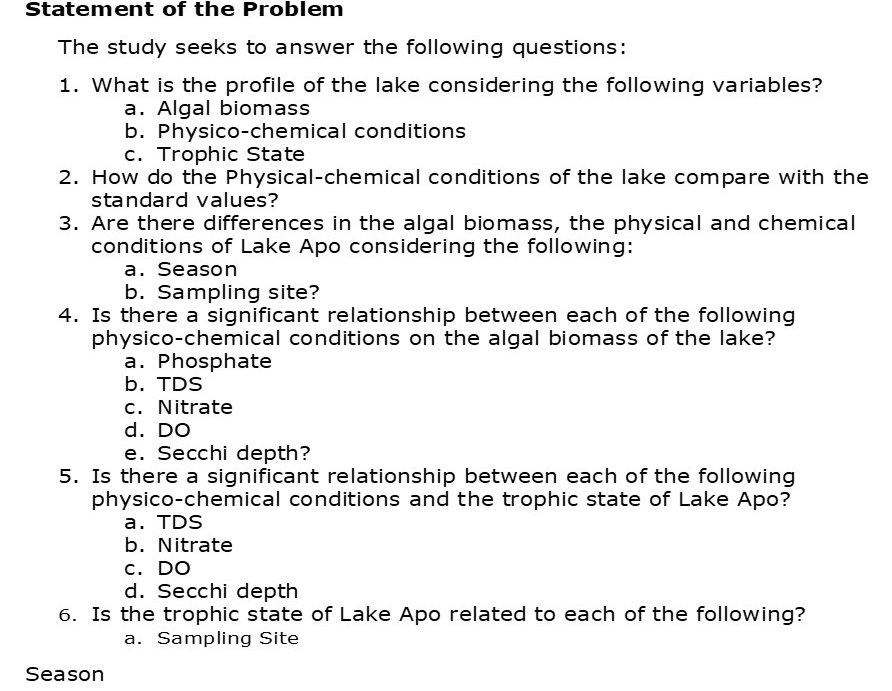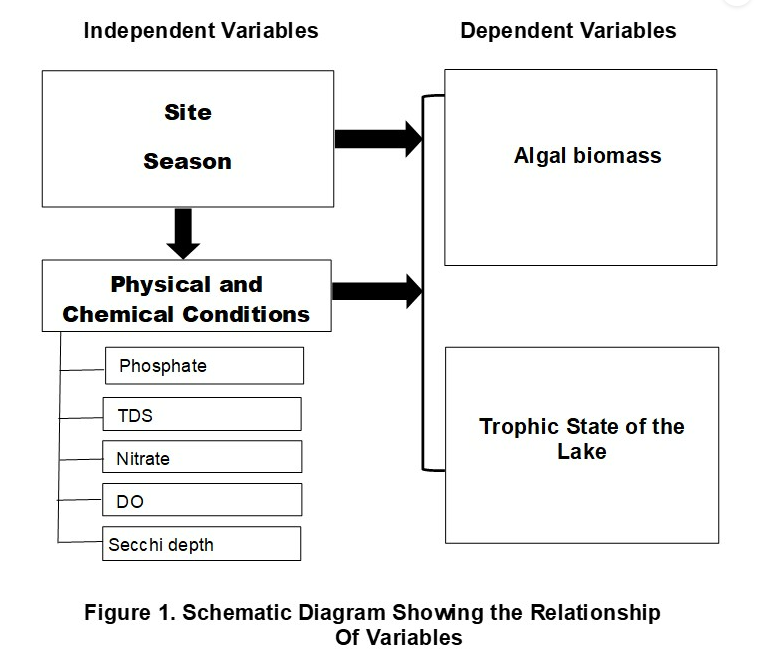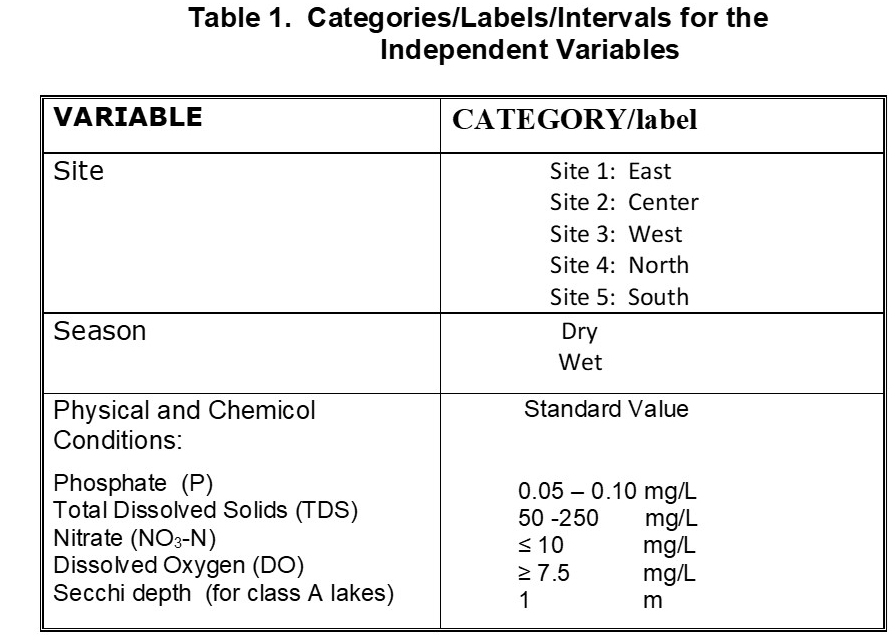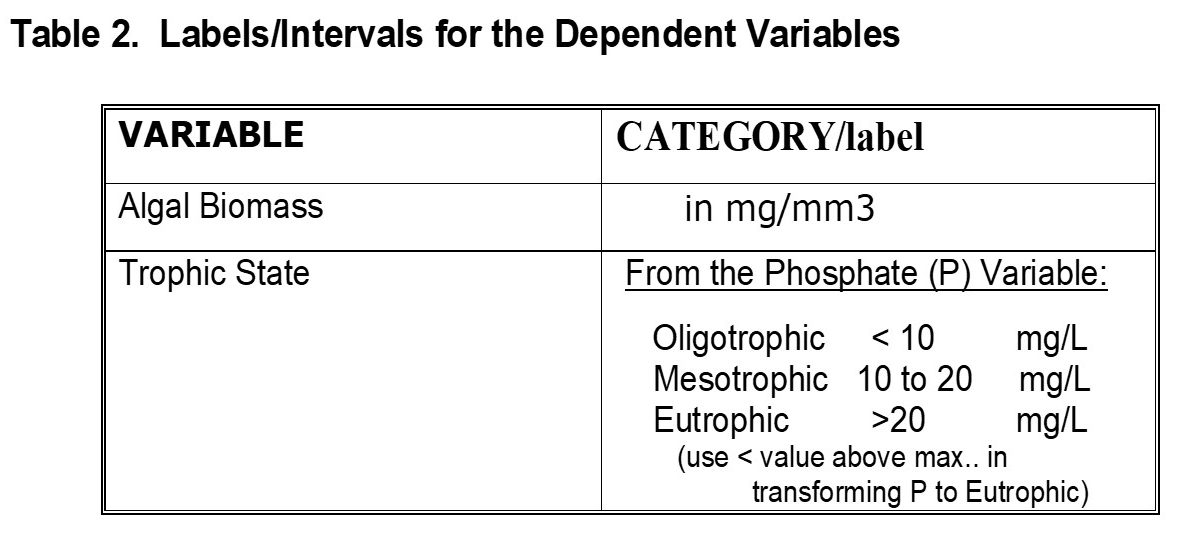BIOSTATISTICS laboratory NOTES





PRACTICE QUESTIONS
Questionnaire
The one-sample t-test assumes that the data are normally distributed.
Answer: True
Explanation: A one-sample t-test is parametric and assumes normality.
Welch's t-test is a parametric test used when the variances of two groups are unequal.
Answer: True
Explanation: Welch’s t-test does not assume equal variances, unlike the independent t-test.
The Mann-Whitney U test is appropriate for ordinal data.
Answer: True
Explanation: The Mann-Whitney U test is non-parametric and works with ordinal or continuous data.
A normality test evaluates whether data follow a normal distribution.
Answer: True
Explanation: Normality tests (e.g., Shapiro-Wilk, Kolmogorov-Smirnov) assess the normality assumption.
Levene's test is used to test the equality of variances between two or more groups.
Answer: True
Explanation: Levene’s test checks homogeneity of variances, which is a key assumption for parametric tests.
Homogeneity of variances means all groups have the same mean.
Answer: False
Explanation: Homogeneity refers to variances, not means.
The two-sample t-test assumes that the samples are independent of each other.
Answer: True
Explanation: Independence is a core assumption of the two-sample t-test.
ANOVA can only be used when there are exactly two groups.
Answer: False
Explanation: ANOVA is used when comparing the means of three or more groups.
The F-test in ANOVA compares the variability between group means to variability within groups.
Answer: True
Explanation: This is the essence of the F-test in one-way ANOVA.
One-way ANOVA assumes that the dependent variable is ordinal.
Answer: False
Explanation: One-way ANOVA is parametric and assumes the dependent variable is continuous.
The Kruskal-Wallis test is the non-parametric equivalent of one-way ANOVA.
Answer: True
Explanation: Kruskal-Wallis is used for ordinal or non-normal continuous data.
The DSCF post-hoc test is used after Kruskal-Wallis to identify which groups differ.
Answer: True
Explanation: The Dwass-Steel-Critchlow-Fligner test is a post-hoc test for Kruskal-Wallis.
Pearson’s rr measures the strength and direction of a linear relationship between two variables.
Answer: True
Explanation: Pearson’s rr is parametric and assumes linearity and normality.
Spearman’s ρ\rho is a non-parametric test that evaluates monotonic relationships.
Answer: True
Explanation: Spearman’s ρ\rho is used when data are ordinal or not normally distributed.
The chi-square test is used for testing relationships between two categorical variables.
Answer: True
Explanation: The chi-square test is non-parametric and evaluates categorical data.
ANOVA assumes homogeneity of variances.
Answer: True
Explanation: Homogeneity is a key assumption for one-way ANOVA.
The Mann-Whitney U test requires normal distribution of data.
Answer: False
Explanation: The Mann-Whitney U test is non-parametric and does not require normality.
Welch’s t-test is more robust than a standard t-test when variances are unequal.
Answer: True
Explanation: Welch’s t-test is designed for unequal variances.
A normality test is unnecessary for non-parametric tests like the Kruskal-Wallis test.
Answer: True
Explanation: Non-parametric tests do not rely on normality assumptions.
Pearson’s rr can be used with ordinal data.
Answer: False
Explanation: Pearson’s rr is parametric and assumes continuous, interval data.
The Kruskal-Wallis test assumes that the data are independent within groups.
Answer: True
Explanation: Independence is a common assumption even for non-parametric tests.
Levene’s test is non-parametric.
Answer: False
Explanation: Levene’s test is a parametric test for equality of variances.
Spearman’s ρ\rho is suitable for non-linear relationships.
Answer: True
Explanation: Spearman’s ρ\rho evaluates monotonic (not necessarily linear) relationships.
Welch’s t-test can be used for paired samples.
Answer: False
Explanation: Welch’s t-test is designed for independent samples.
Homogeneity of variances is tested before performing a t-test or ANOVA.
Answer: True
Explanation: Homogeneity is an assumption for these tests.
The chi-square test assumes that expected frequencies in each cell are at least 5.
Answer: True
Explanation: This is a common assumption of the chi-square test.
Kruskal-Wallis is more powerful than ANOVA when data are normally distributed.
Answer: False
Explanation: ANOVA is more powerful for normal data, while Kruskal-Wallis is better for non-normal data.
Pearson’s rr assumes that both variables are normally distributed.
Answer: True
Explanation: Pearson’s rr is parametric and assumes normality
.
F-tests can be used to compare variances of more than two groups.
Answer: True
Explanation: The F-test in ANOVA compares variances across multiple groups.
The Mann-Whitney U test is equivalent to the t-test for medians.
Answer: True
Explanation: While not strictly comparing medians, Mann-Whitney is often viewed as a median test in practice.
Situational Questions
You are testing whether the mean weight of a specific species of fish in a lake differs from 3 kg. You should use a one-sample t-test if the weights are normally distributed.
Answer: True
Explanation: The one-sample t-test is used to compare the sample mean to a known value under the assumption of normality.
A researcher wants to compare the effectiveness of two fertilizers on crop yield. The variances of the yield data are unequal, so the appropriate test is Welch's t-test.
Answer: True
Explanation: Welch’s t-test is suitable for comparing two groups with unequal variances.
You are analyzing customer satisfaction rankings (ordinal data) from two different stores. The Mann-Whitney U test is the correct choice.
Answer: True
Explanation: Mann-Whitney U is non-parametric and ideal for ordinal data.
A team wants to compare test scores across three schools. They assume normal distribution and homogeneity of variances. One-way ANOVA is an appropriate test for this situation.
Answer: True
Explanation: One-way ANOVA is parametric and compares the means of three or more groups under these assumptions.
You need to determine if students’ test scores improve after attending a review session. A two-sample t-test is the correct approach.
Answer: False
Explanation: A paired t-test is appropriate because the data are dependent (before-and-after measurements for the same students).
A biologist compares the levels of dissolved oxygen across four different lakes. The data are skewed, so the appropriate test is the Kruskal-Wallis test.
Answer: True
Explanation: Kruskal-Wallis is non-parametric and suitable for non-normal data when comparing multiple groups.
You are testing if males and females have different preferences for a type of product, based on a categorical survey (e.g., yes/no). A chi-square test is appropriate for this analysis.
Answer: True
Explanation: The chi-square test is used for categorical data to test relationships or differences.
A researcher is evaluating the correlation between age and blood pressure, assuming the data are normally distributed. Spearman’s rho is the correct choice.
Answer: False
Explanation: Pearson’s rr is used for normally distributed data. Spearman’s rho is non-parametric and used for ordinal or non-linear data.
You want to test if two groups of students perform equally on an exam, but their scores show a significant difference in variances. Levene's test should be performed before deciding on a t-test.
Answer: True
Explanation: Levene’s test checks for equality of variances, which helps determine whether to use a standard t-test or Welch’s t-test.
An organization wants to test if four training programs produce the same improvement in productivity. Data are normally distributed, and variances are equal. The F-test in ANOVA is appropriate.
Answer: True
Explanation: One-way ANOVA (using the F-test) is used for comparing the means of four groups under these assumptions.
Test Parametric/Non-Parametric Measurement Type Type of Relationship Assumptions Null and Alternative Hypotheses | ||||||
One-Sample t-Test | Parametric | Continuous | N/A | - Data are normally distributed. - Random sampling. - Continuous, interval/ratio scale data. | H0:μ=μ0 Ha:μ≠μ0 | |
Welch's t-Test | Parametric | Continuous | Difference in means | - Data are normally distributed. - Groups are independent. - Does not assume equal variances. | H0:μ1=μ2 Ha:μ1≠μ2 | |
Mann-Whitney U Test | Non-Parametric | Ordinal or Continuous | Difference in ranks | - Data are independent. - Data can be ordinal or non-normal continuous. | H0:Distributions are identical Ha:Distributions differ | |
Normality Test | Parametric (checks normality) | Continuous | N/A | - Tests the normality assumption for parametric tests (e.g., Shapiro-Wilk or Kolmogorov-Smirnov). | H0:Data are normally distributed Ha:Data are not normally distributed | |
Levene's Test | Parametric | Continuous | Equality of variances | - Data should be continuous. - Assesses equality of variances. | H0:σ1=σ2…σ Ha:σ1≠σ2.. | |
Homogeneity Test | Parametric | Continuous | Equality of variances | - Assumes independence. - Variance between groups must be tested (e.g., Levene’s test). | Same as Levene’s Test | |
Two-Sample t-Test | Parametric | Continuous | Difference in means | - Data are normally distributed. - Variances are equal. - Groups are independent. | H0:μ1=μ2 Ha:μ1≠μ2 | |
ANOVA (One-Way) | Parametric | Continuous | Differences across group means | - Data are normally distributed. - Homogeneity of variances. - Groups are independent. | H0:μ1=μ2=μ3…μk Ha:At least one group mean differs | |
F-Test | Parametric | Continuous | Equality of variances or means | - Tests for equality of variances or used in ANOVA to compare means. | H0:σ12=σ22 Ha:σ12≠σ22 | |
Kruskal-Wallis Test | Non-Parametric | Ordinal or Continuous | Differences across distributions | - Data are independent. - Does not require normality. - Suitable for ordinal or skewed data. | H0:Distributions are identical across groups Ha:At least one distribution differs | |
DSCF Test (Post-Hoc) | Non-Parametric | Ordinal or Continuous | Pairwise group differences | - Follows a significant Kruskal-Wallis test. - Compares all pairwise group differences. | Pairwise hypotheses: H0:Distribution in Group A = Group B | |
Pearson's r | Parametric | Continuous | Linear relationship | - Data are continuous. - Linear relationship between variables. - Both variables are normally distributed. | H0:ρ=0 Ha:ρ≠0 | |
Spearman's rho | Non-Parametric | Ordinal or Continuous | Monotonic relationship | - Data are independent. - Measures monotonic relationships (not necessarily linear). | H0:ρ=0 Ha:ρ≠0 | |
Chi-Square Test | Non-Parametric | Nominal | Association between categorical variables | - Data are categorical. - Expected frequencies should generally be at least 5 in each category. | H0:Variables are independent Ha:Variables are dependent |